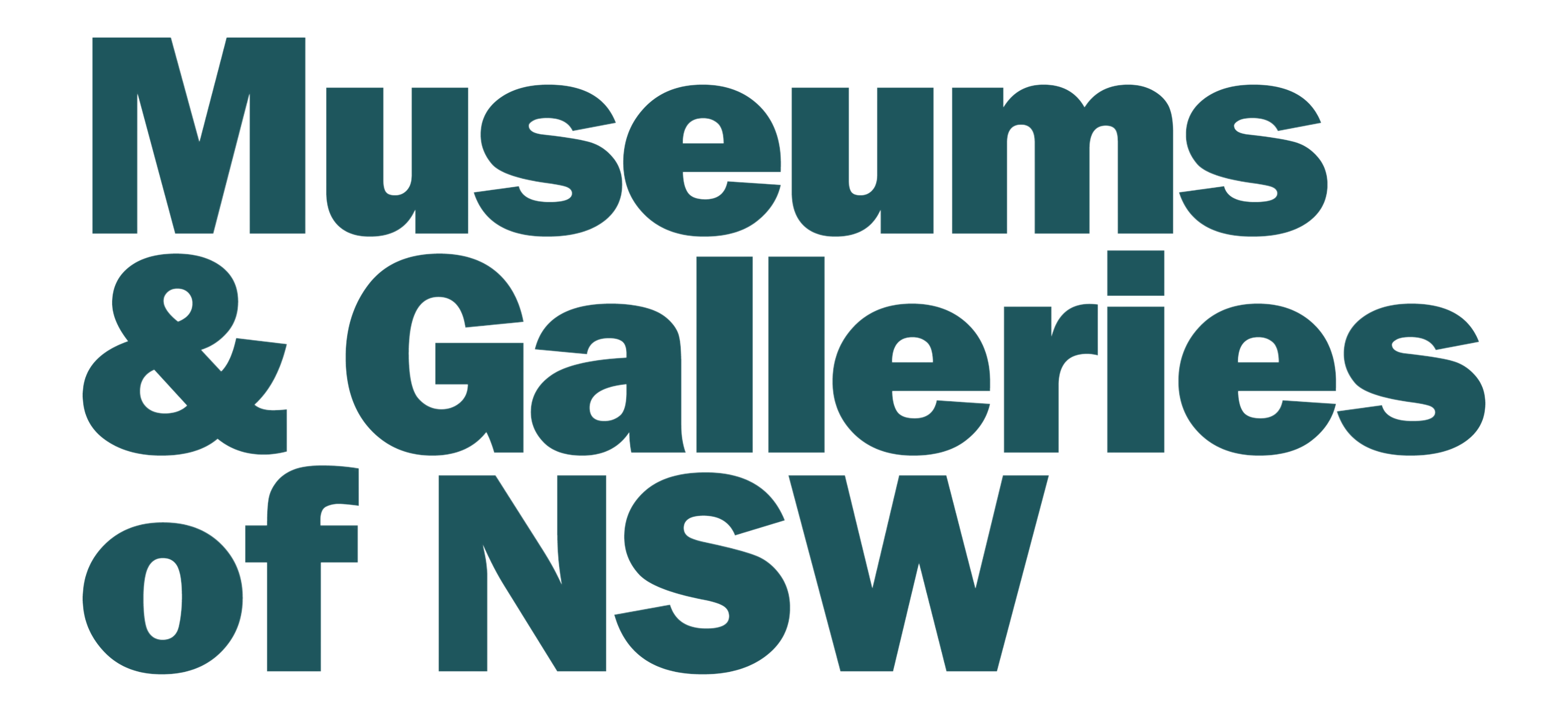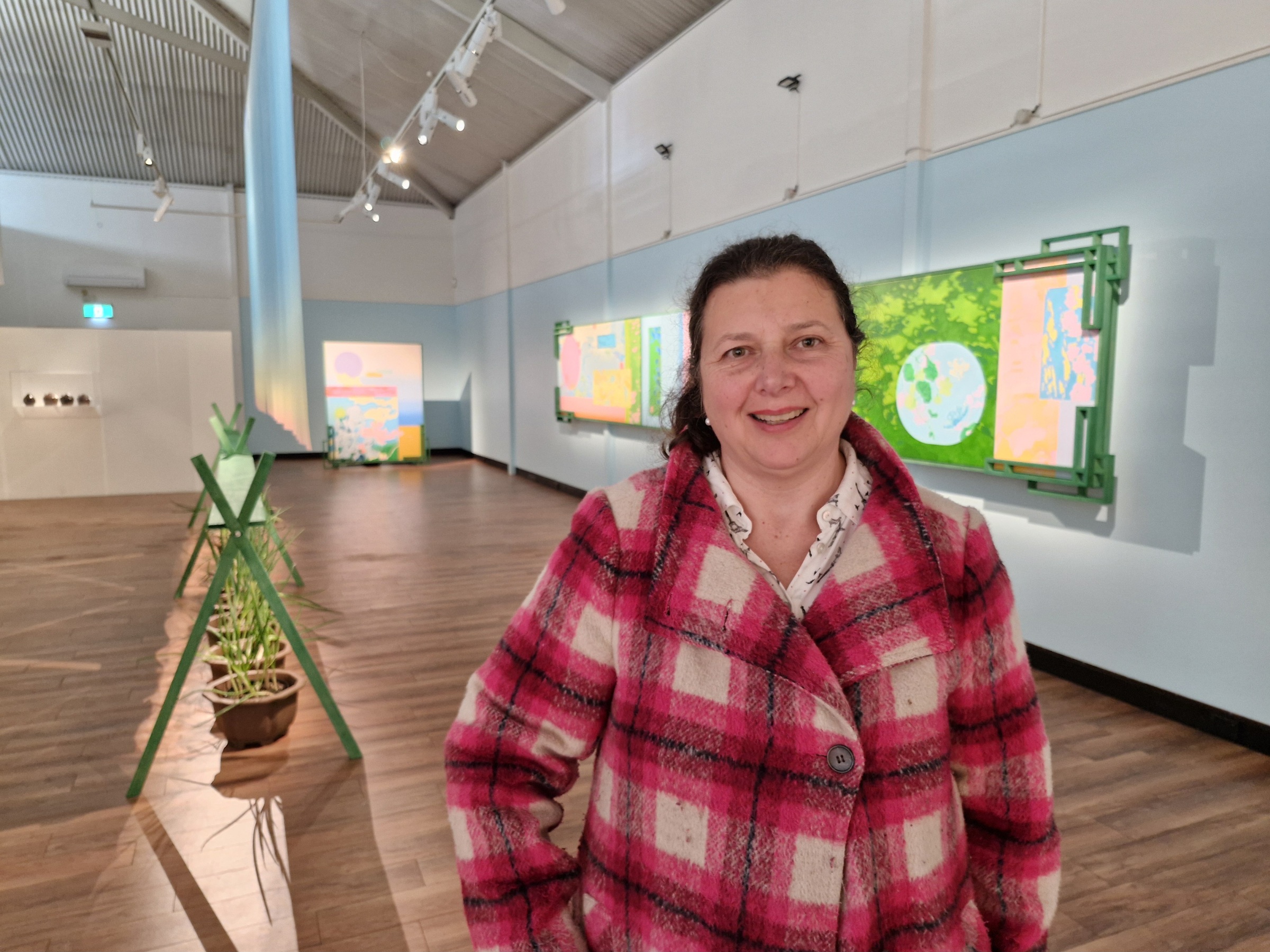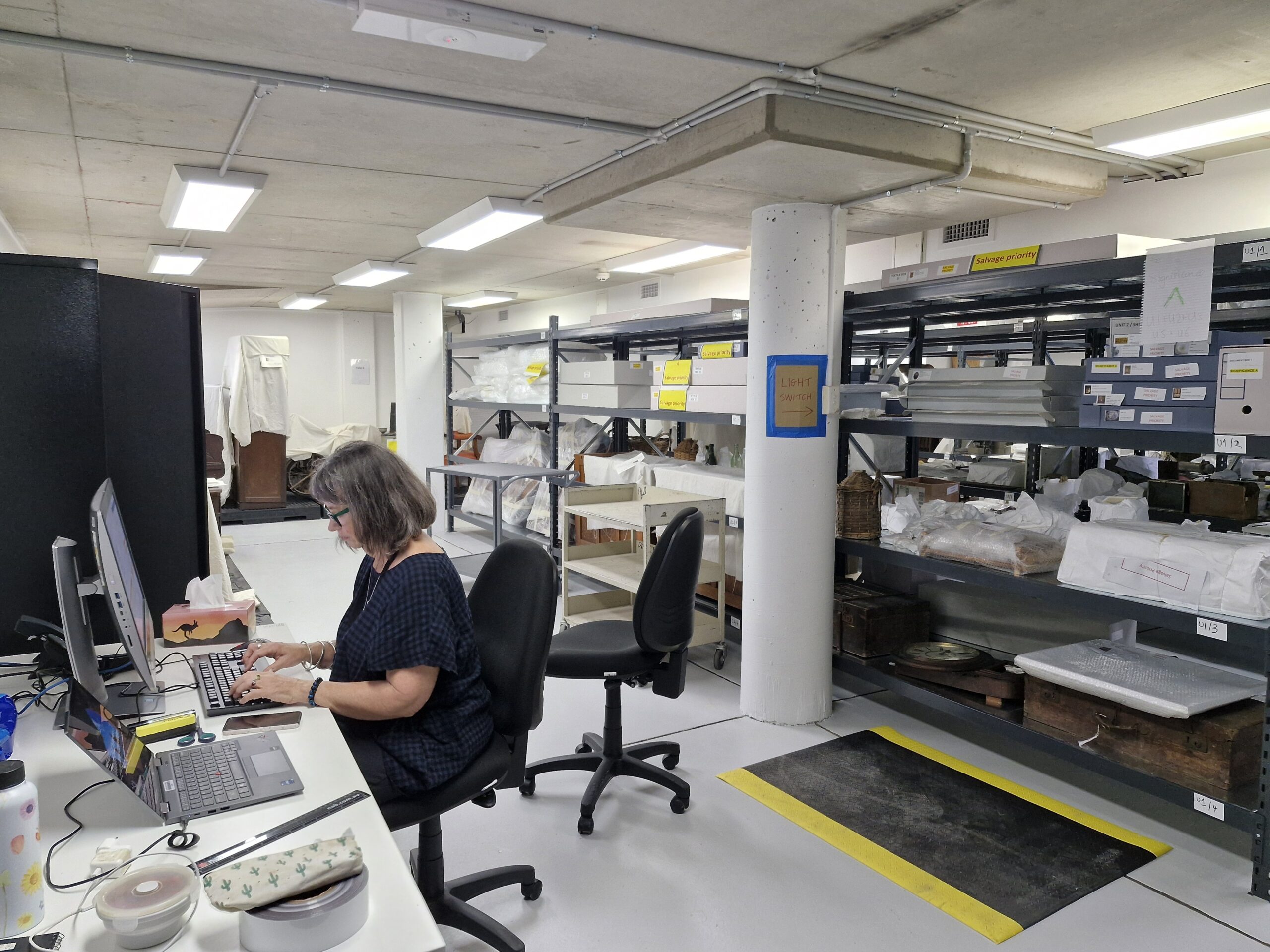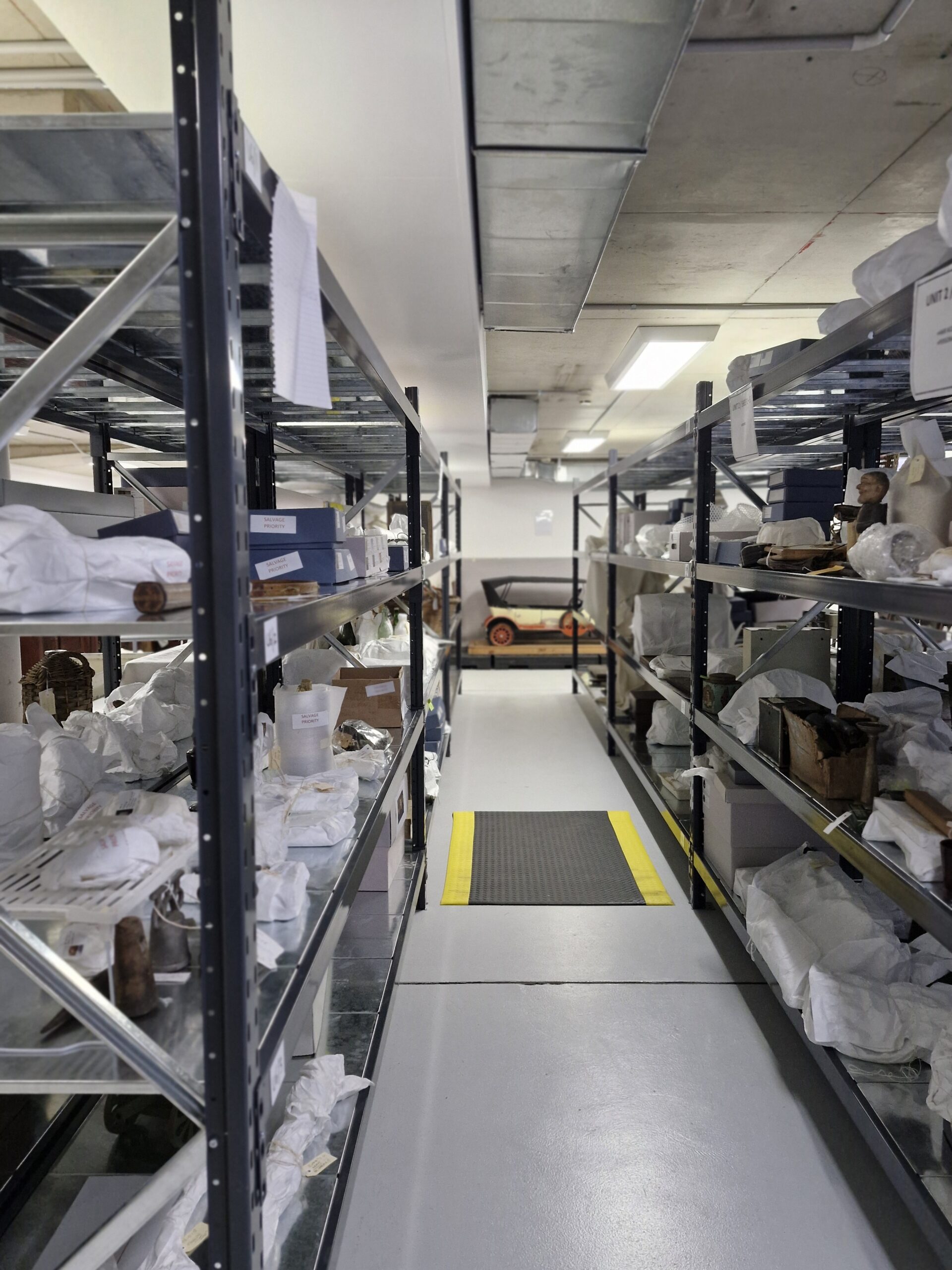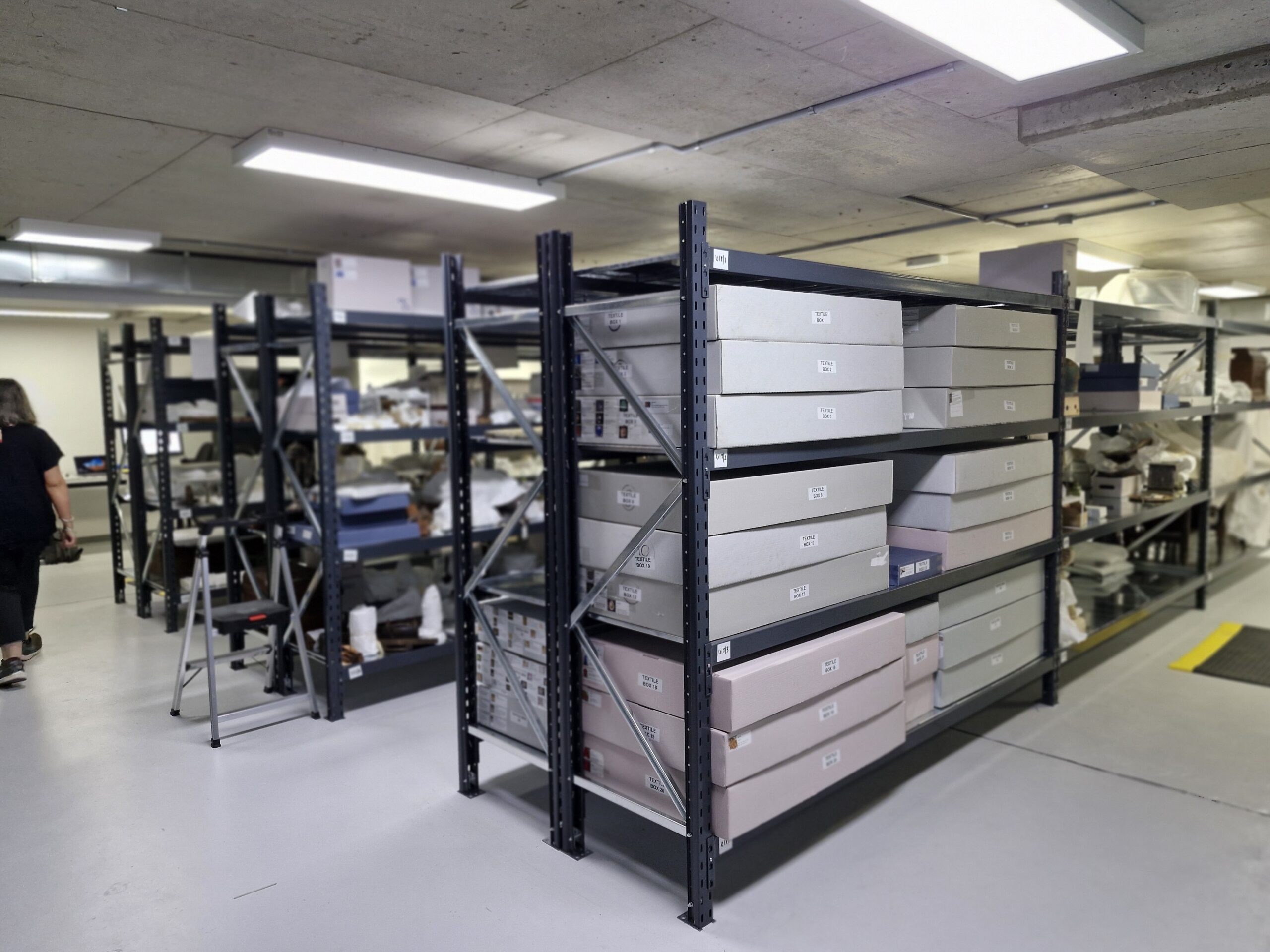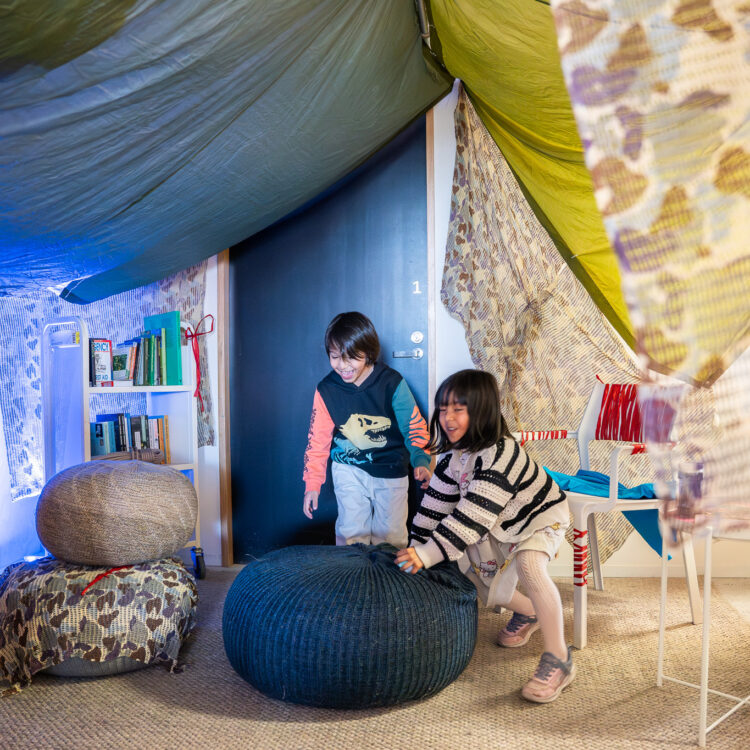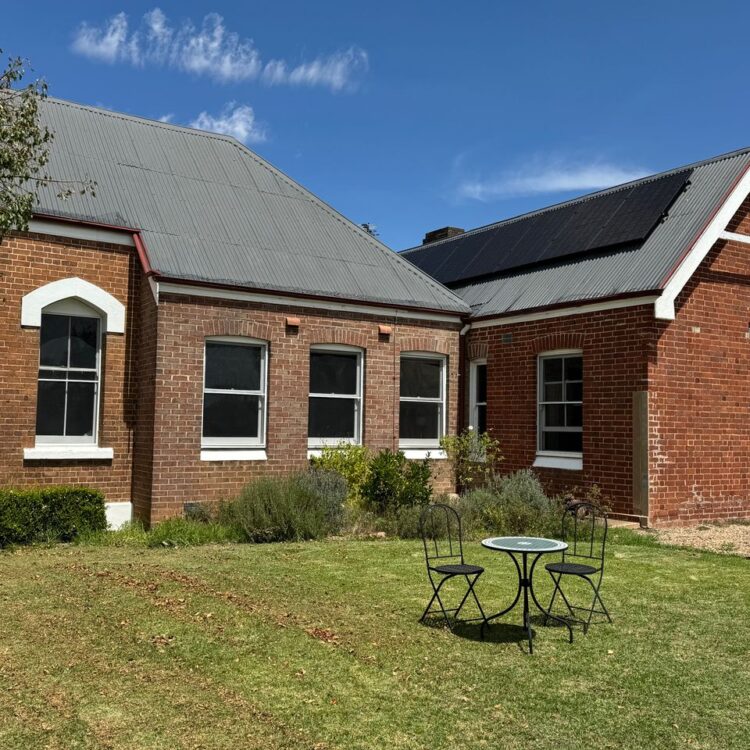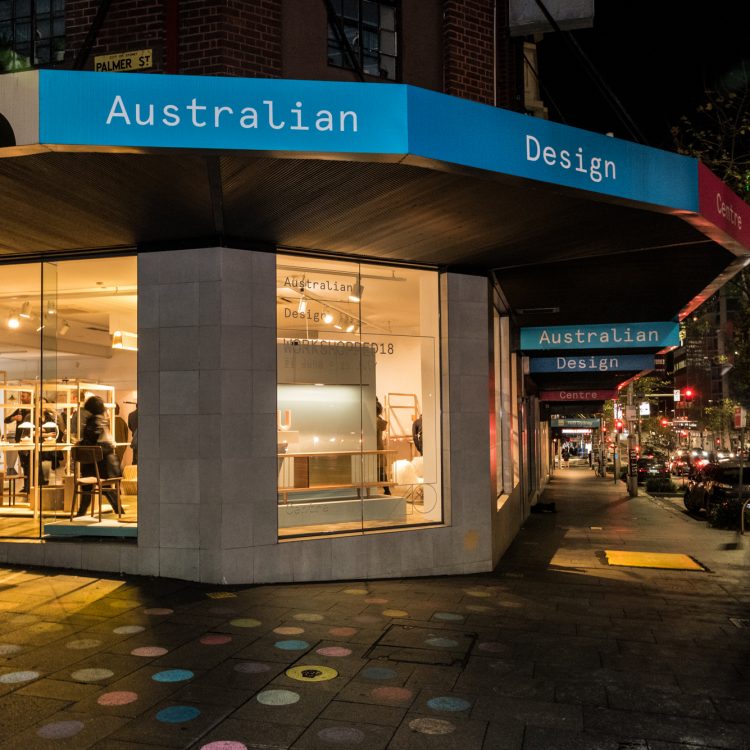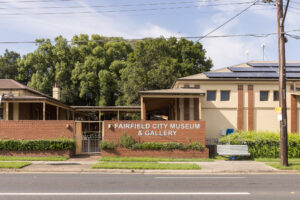In early 2025, Fairfield City Council opened a brand new, purpose-built art and heritage storage facility to help protect and preserve Fairfield’s cultural history. Carmel Aiello, Coordinator of Fairfield City Museum & Gallery, reflects on the decade-long journey to create the Fairfield Heritage Store, the challenges overcome along the way, and the lessons other museums can draw from their experience in preserving their collections.
What were the key drivers behind the development of the Fairfield Heritage Store, and how did you identify the specific needs for a purpose-built storage facility?
The need for a purpose-built storage facility for the Heritage and Object Collection was identified immediately after I commenced working at Fairfield City Museum and Gallery in 2011.
The Collection was stored in various parts of the museum and gallery site with no dedicated secure and museum standard space, and the long-term exposure to fluctuating temperatures and high humidity levels, dust and insects was visible.
The organisation successfully applied for a Community Heritage Grant to engage consultants to conduct a Preservation Needs Analysis and Significance Statement on the Collection, which started the ball rolling.
From these two reports, the organisation was able to secure the Council’s interest and support to act on improving the Collection housing problem.
A feasibility report to relocate the collection was funded and tabled to the Council’s Executive. The report visually presented what was in the Collection and its state.
It provided suitable options for locating a new climate-controlled storage space, as well as the potential impact of not taking action on the Collection.
The executive agreed that something had to be done, and the only agreed option for the location of the new storage space was within the Council premises. Fairfield City Museum & Gallery was successful in securing a Creative Capital Grant, and the Council contributed the remaining costs of the project.
What were some of the biggest challenges you faced during the planning and construction of the facility, and how did you overcome them?
One of the biggest challenges was working with internal staff, engineers, major works project managers and designers who had little or no understanding of what a Museum and Gallery storage space was and why it was important to preserve these objects not only for the organisation but for the community. I think there was a lot of educational work that had to be done to engage people outside the museum and commit them to the project.
I also learnt what project management skills I had, which did not equip me entirely for the planning and building construction. I had to learn along the way about HVAC systems, learn what Gant charts are, WHS requirements, lighting, and security systems, to name a few.
The project was rather straightforward, but the timeline proved to be a challenge. It was continually extended because of delays in approvals or waiting on supplies and equipment to be delivered, despite engaging as many local businesses as possible and suppliers from Western Sydney. This was still a challenge.
Now that the facility is operational, what have been the most noticeable benefits in terms of collection care, access, or operational efficiency?
There are plenty of notable benefits.
We have a built for purpose store that is climate controlled, secure, clean, and ensures the long-term care for the collection.
We now have all the collection in the same space with room for growth, something we couldn’t consider in the past. A project that resulted from the build was the audit of the collection. The collection database is up to date. Some items that were thought lost were found, and others that have turned up not on the collection management database are currently being researched.
From an operational perspective, we know exactly what we have and where it is. All the significant A objects are prioritised in the store and easily accessed in the event of an emergency. We have just completed a Disaster Preparedness plan for the space.
It is easier to identify objects that need conservation work, and collection management work can now be carried out in the space.
What advice would you offer to other councils or small-to-medium museums who are considering building or upgrading their storage facilities?
My advice would be the following:
Talk to as many organisations that have been in a similar situation.
Take the opportunities that the National Library of Australia’s Community Heritage Grants can give you to assess the significance and preservation needs of the collection.
Tap into the resources and advice of Museums & Galleries of NSW. They have resources, staff, and databases of consultants who can offer advice and bring up considerations you may not have thought about or be aware of.
There is free advice available on collection storage spaces as well as fantastic professionals in the industry who specialise in, talk about and work with collections, their care and storage.
Undertake a feasible study if you need to convince management of the importance of building or upgrading storage facilities. Provide them with a few options, show them where the objects are currently stored and what is in the collection. It is important to get as many decision-makers on board from the beginning. A feasibility study can speak to why it is important to have these precious objects in the best environment possible and why they are important. Once they are gone, they are gone forever.
No matter what institution you are in, large, medium, or small, it is a journey that requires resilience, flexibility, adaptability, and a long-term vision.
